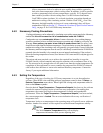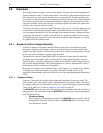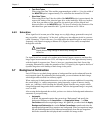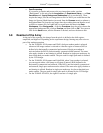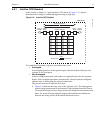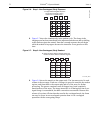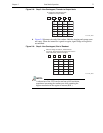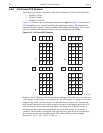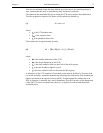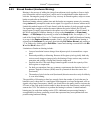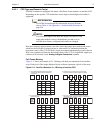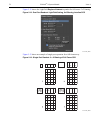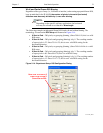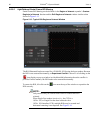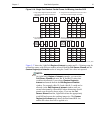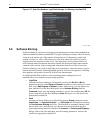
Chapter 5 Gate Mode Operation 75
After the accumulated charge has been shifted out of each pixel, the remaining charge is
zero, meaning that the array is immediately ready for the next exposure.
The equations that determine the rate at which the CCD can be read are described below.
The time required to capture a full frame at full resolution is defined by:
(1) t
R
+ t
exp
+ t
c
where:
•t
R
is the CCD readout time;
•t
exp
is the exposure time;
•t
c
is the phosphor decay time.
The readout time is approximately given by:
(2)
where:
•N
x
is the smaller dimension of the CCD;
•N
y
is the larger dimension of the CCD;
•t
sr
is the time needed to shift one pixel out of the shift register;
•t
v
is the time needed to digitize a pixel;
•t
i
is the time needed to shift one line into the shift register.
A subsection of the CCD (number of horizontal pixels must be divisible by 4) can be read
out at full resolution, sometimes dramatically increasing the readout rate while retaining the
highest resolution in the region of interest (ROI.) To approximate the readout rate of an
ROI, in Equation 2 substitute the x and y dimensions of the ROI in place of the dimensions
of the full CCD. Some overhead time, however, is required to read out and discard the
unwanted pixels.
t
R
N
x
N
y
t
sr
t
v
+N
x
t
i
+=



